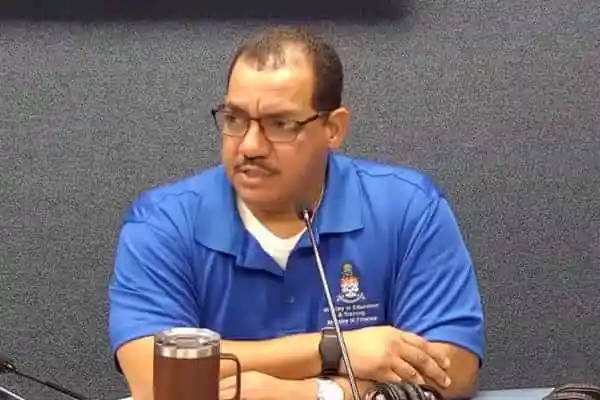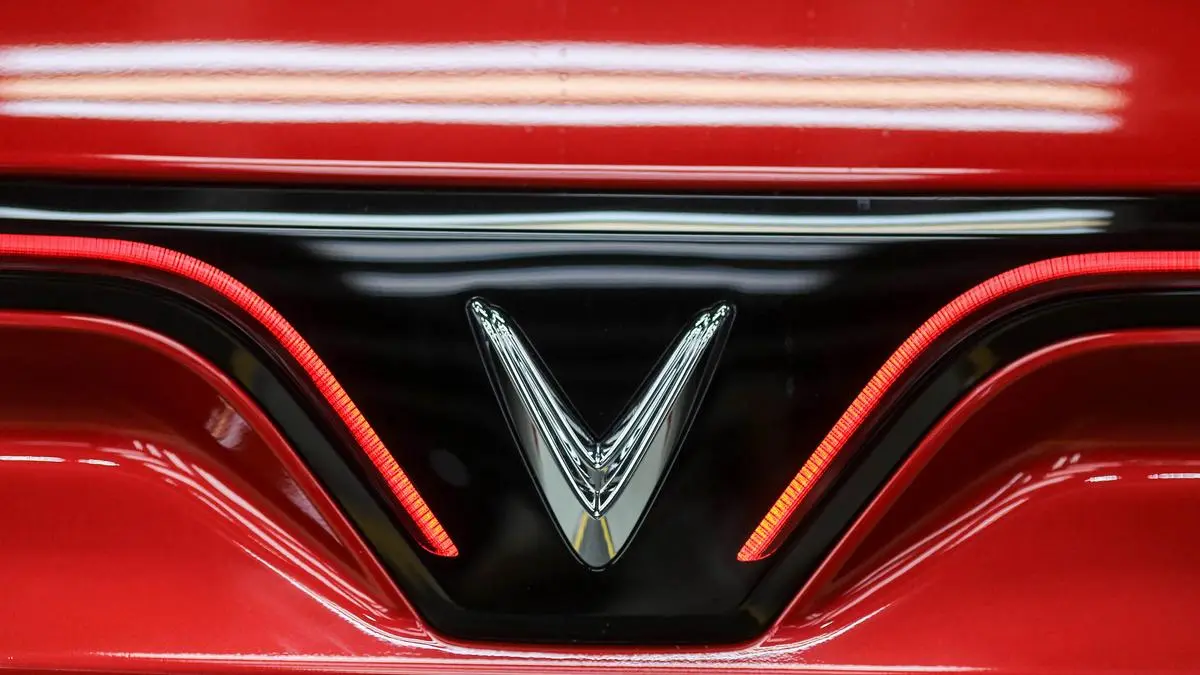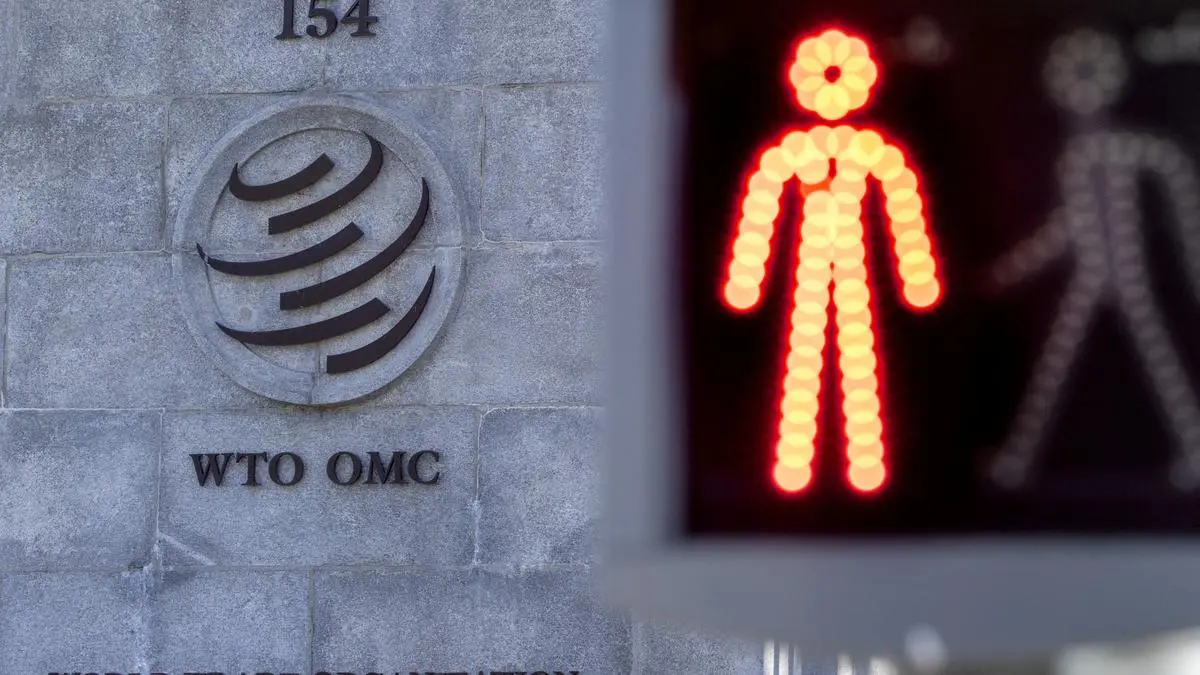By Christopher Blackwell,Deborah Zalesne,Kwaneta Harris,Terry A. Kupers
Copyright truthout

When Hurricane Katrina hit Louisiana almost two decades ago, guards in a New Orleans jail panicked. With no guidance from management or the state and a rapidly worsening storm building around them, they abandoned hundreds of incarcerated people in their cells while floodwaters rose, forcing them to drink the putrid water that seeped into their cells. Back then, it was an exception. Now, such scenarios are happening with increased frequency around the country.
Climate experts predict that climate change will continue to cause larger, more frequent, and more devastating impacts that will test the limits of our social and ecological systems. Prisons are already at that limit. Even without climate change, prisons around the country have billions of dollars worth of deferred maintenance just to stop the walls from crumbling and keep the lights and the heat on. Now, climate change is turning already miserable conditions inside of prisons into life-threatening ones.
During the record-breaking heat waves of recent years, prisons in the usually temperate Pacific Northwest were overwhelmed. Incarcerated people were trapped in cells that reached up to 114 degrees Fahrenheit (45 degrees Celsius) with no air-conditioning and no fans, covering themselves with cool washcloths and lying on the concrete floor to avoid heat stroke. During this time, floods devastated prisons in Dixie County, Florida, leaving incarcerated individuals stuck in ankle-deep, fetid water with human waste swirling around in it. All the while, wildfires ripped through California, leaving several prisons without power for a month — shutting down ventilation systems, access to cooked food, and multiple other necessities.
Often located in remote, rural communities, frequently on brownfields or near Superfund sites, prisons are dangerously underprepared for the increasingly severe impacts of climate change — but they’re uniquely susceptible to them. According to The Intercept’s analysis of 6,500 prisons, jails, and detention facilities across the US, half of all prisons will be in places with more than ten days annually over 105 degrees Fahrenheit (40 degrees Celsius) by 2100, and 621 facilities have major-to-extreme flood risk. The same analysis showed that at least 54 jails, prisons, and detention centers nationwide holding more than 1,000 people are already above the 95th percentile for wildfire risk, meaning that they will, sooner or later, be forced to evacuate.
As the planet continues to warm as a result of climate change, conditions in prisons, and specifically in oppressive solitary confinement housing, continue to worsen. For now, heat waves — already the deadliest climate hazard worldwide — are also the biggest hazard for prisons. Shortly after the Texas Senate denied funding that would have seen air-conditioning installed in all prisons in Texas, the state was hit with another heat wave, and the heat index soared to 120 degrees Fahrenheit (49 degrees Celsius) in some prisons, trapping thousands of people in inhumanely hot cells.
“The tablet is malfunctioning due to the heat. Soda pops are spontaneously exploding,” Kwaneta Harris, a journalist and essayist, explained from solitary confinement during one such heat wave. “Two girls had seizures, a guard fainted, and I have had a dizzying headache. It’s horrible.” At least 41 people died in Texas prisons between June and August 2023; experts say most of those deaths were heat-related.
Kwaneta has been a fearless advocate for environmental justice, fighting for years for adequate temperature conditions in her solitary confinement unit in Gatesville, Texas, where temperatures regularly rose to levels that are not livable during parts of the year. She was finally successful in getting air-conditioning, only to then be moved to medium-security, where she was again faced with no air-conditioning. After being moved back to solitary two months later because of a shortage of beds, she actually felt relief to be back in solitary confinement, able to enjoy a brief respite from temperatures of up to 120 degrees Fahrenheit (49 degrees Celsius).
According to Kwaneta, “Prisons are literally heating people to death,” leaving incarcerated people with no option but to strip down:
Because of my history of sexual victimization, I had never undressed in front of others. But in the last few weeks, survival has won out. I and others in solitary have tried to stay cool by donning “prison bikinis”: wearing only our underwear in our cells. I felt “violated and demeaned” by officers leering and making comments about the “flatness of her stomach,” but faced with the unrelenting heat, I felt I had little choice. I wrapped myself in a wet sheet, like a mummy, to avoid their comments.
The women whom I’m incarcerated with swap ideas to stay cool: flood your cell with toilet water, lie on the floor on your back with your heels up, and point your fan toward your body. Women go anywhere to get into air-conditioning, taking visits with people they don’t want to see, asking doctors question after question just to remain in air-conditioned areas. At worst, a few women have attempted suicide just to get into the emergency room to wait in the air-conditioning until a bed is available. In response, the guards have used pepper spray, making the already steamy, thick air that much less breathable, burning the lips and nasal passages of everyone within its reach. Being in solitary feels like being cooked alive.
Lanae Tipton explains the discordance between the alleged air-conditioning in her solitary confinement unit as compared to the reality. She paints a grim picture:
Our already miserable cells turn into torture chambers in the summer. Upon request a sweat-riddled officer did a temperature check in a barren cell in the wing where I am located. The request was made at 12:27 am and the cell was 99.6°F. Midday temperature checks are refused, probably because sweltering waves of invisible fire fill our 5-by-10-foot cells at all hours of the day, and the staff knows it. Suffocating air overheats all electric devices including the 7-inch personal fan that I purchased from the commissary. From constant use, the motor will quickly reach a scalding temperature and further intensify the hot air being blown around. When the sun overpowers the cell anything metal in the cell will absorb all of the heat causing blisters and burns when touched. For example, the metal toilet, which gets piping hot in the high afternoon, makes it unusable or curse-worthy when accidental contact is made from urgency.
Xandan Gulley is a trans writer who has been incarcerated in the same solitary unit as Lanae for over seven years because of his gender identity and likely as retribution for his advocacy and writing about the inhumane conditions that transgender incarcerated people face. He confirms the brutal reality described by Lanae:
I’m sweating profusely in my 9 x 6 cement and steel solitary confinement cell. My heart is pounding! And my heartbeat is racing against my chest! It’s hot! Sweat drips down my forehead onto the concrete as I lay on the floor. I’m drenched in sweat all over as I lay under a commissary-purchased fan that is uselessly blowing the hot air that circulates repeatedly inside my cell.
Another day of triple heat-indexed weather this week. Another day of hell. Another day of unbearable heat. It’s hot everywhere all over Texas! And Texas prisons are feeling the heat the worst. With no air-conditioning and limited channels of respite I feel like bacon frying in a skillet. Sometimes it’s hard to breathe. Sometimes I want to cry because I’m so hot and my body feels like it’s melting. Every day is a battle against heat exhaustion, heat stroke and dehydration.
The lack of adequate heat and air-conditioning that is customary in prisons is especially dangerous to people who are restrained in solitary confinement, who tend to be especially vulnerable to heat-related illness. As we detail in our book, the population in solitary is disproportionately folks with serious mental illness. Most of the psychotropic medications taken for various mental illnesses make people more vulnerable to heat-related problems and crises. In addition, after years in solitary, just about everyone has multiple serious chronic medical conditions, including heart and cardiovascular disease, hypertension, kidney disease, and diabetes — primarily from eating only starchy food and getting very little exercise. All of these conditions make a person vulnerable to heat-related medical problems and risk of death. This is a big part of the reason that, as studies show, after being released from prison, individuals who spent significant time in solitary have a much higher one-year mortality rate than individuals released from prison who were not in solitary.
Prisons also perpetuate and exacerbate the very climate hazards they are woefully unprepared to face. As a result of being built on or near wastelands, prisons constantly expose those inside and outside to tainted water, harmful air pollutants, and other environmental hazards. Panagioti Tsolkas, head of the Prison Ecology Project, states that prisons produce waste and pollution far beyond local and federal standards, often in under-resourced communities and their environments. A 2020 study on how mass incarceration contributes to climate change showed that increasing incarceration rates between 1997 and 2016 were correlated with increases in industrial emissions due to expanding industrial prison supply manufacturing operations.
Most prison agencies have no climate adaptation plans and scant plans for dealing with the mass calamities that climate hazards like floods or wildfires are already bringing. When plans do exist, they are largely inadequate. For example, the California Department of Corrections and Rehabilitation Plan, developed as part of an executive order mandating all state agencies develop climate adaptation plans, outlines primarily how the state will improve existing infrastructure to stave off the worst effects of climate change with almost no information about mitigating impacts to incarcerated people during a climate hazard. In 2023, the Ella Baker Center for Human Rights released a 166-page report looking at the impacts of climate change on incarcerated people in California prisons, finding that even with the plan in place, the California carceral system is not prepared to respond to climate hazards in or near prisons and that aging infrastructure, lack of emergency response plans, and overcrowding in prison are contributing to the problem.
Decarceration is the humane solution that should be applied on a national scale to combat climate crises in prisons. It also works. After Hurricane Katrina devastated New Orleans and left hundreds of incarcerated people trapped for days forced to drink sewage water in their cells, the city managed to slash its jail population by 67 percent. Yet, both crime and recidivism rates have fallen. Evidence is increasingly showing that decarceration — coupled with policies and services like supported housing and public mental health, programs that keep people out of prison — is a much better option for society.
The pandemic unmasked the horrors of what happens when prisons — crumbling, unprepared, and overcrowded — are hit with a crisis. Climate change is such a crisis. We are at a fork in the road. We can continue to turn a blind eye to the harms of mass incarceration and our crumbling prison infrastructure that will be painfully amplified as climate change worsens or choose the humane option: investing now in decarceration. We need to act now, while we still have a choice.
To bring Ending Isolation to thousands of people across the country, Unlock the Box and Look2Justice have partnered to create the Journey to Justice Bus Tour, an eight-week public education tour from Washington State to Washington, D.C. For more information, including the tour route, visit journeytojusticetour.com.



